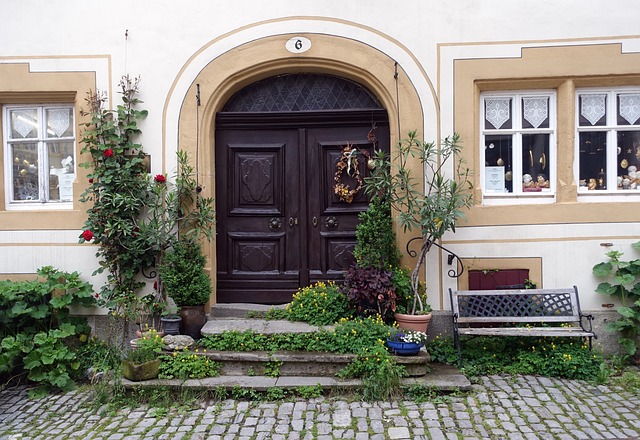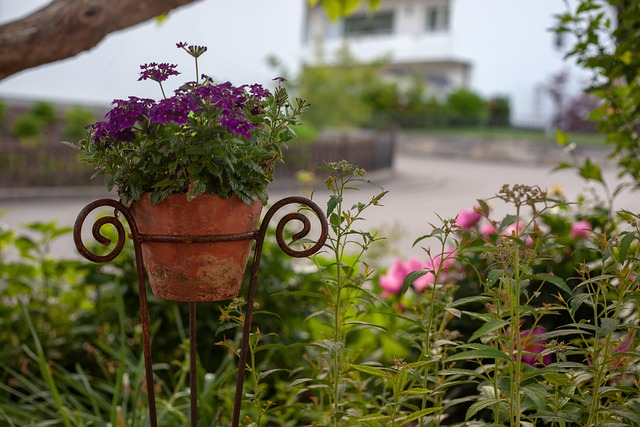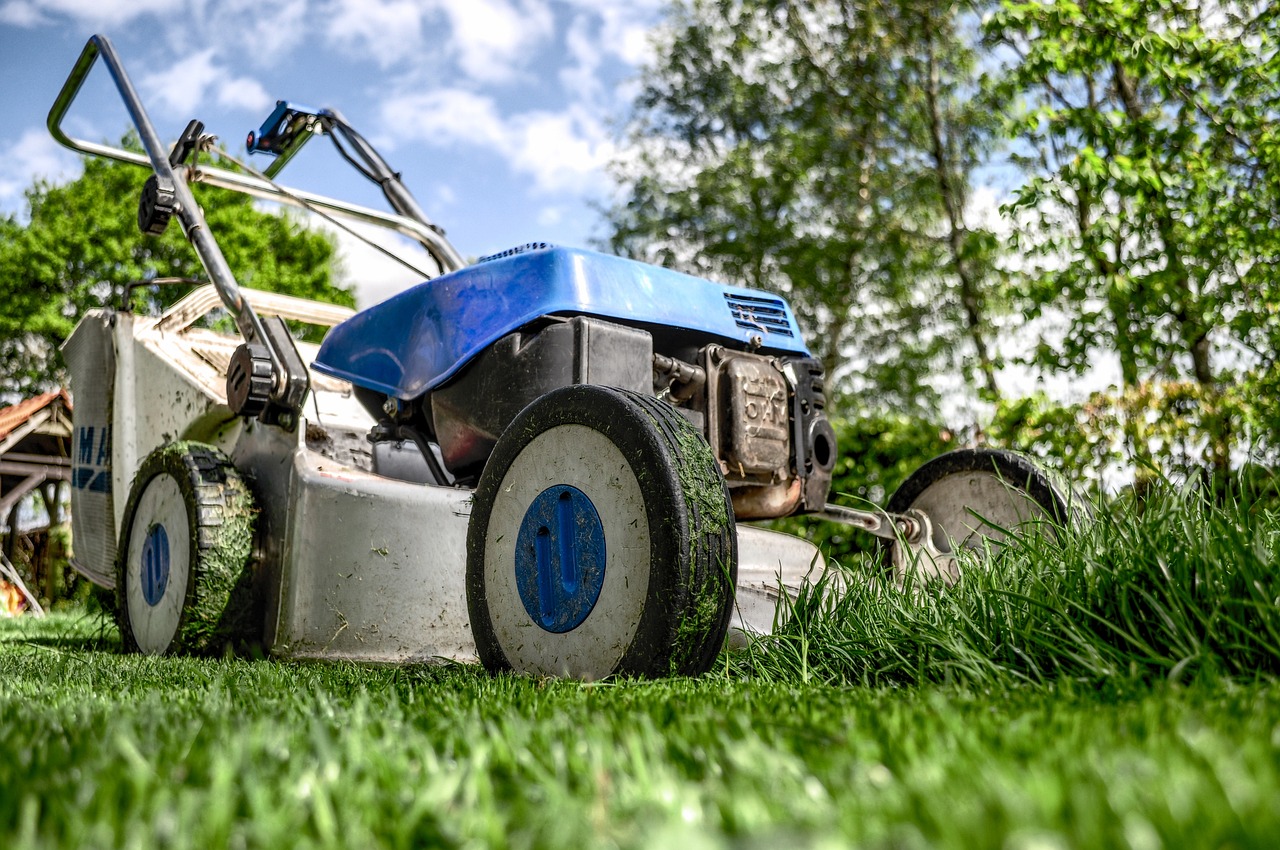First impressions count. And your front garden is the handshake your home gives to the world. Whether it’s a modest path or a lush landscape, how you design it says a lot about your space and you. Exterior House Cleaning can make your facade sparkle and tie the entire look together. But here’s the challenge: a beautiful garden shouldn’t just look good on its own. It should complement your home’s architectural style, frame it like a well-chosen picture frame, and guide the eye naturally to your front door. Let’s break down how to do that without overcomplicating the process.
Start With What You’ve Got
Walk outside and take a good, honest look at your home. Is it modern, traditional, cottage-style, or somewhere in between? Your garden should speak the same language. A sleek, geometric front yard won’t feel right in front of a Victorian home with ornate detailing. Likewise, an overgrown English-style garden can feel mismatched next to a boxy mid-century build. Instead of forcing something trendy, work with your home’s lines and features. Highlight them. Think of your garden as a mirror that reflects your home’s personality to the world.

Frame the House, Don’t Hide It
Tall shrubs covering the windows? That’s a no. Plants shouldn’t block the architecture they should highlight it. Use low-growing borders, clean lines, and visual layering. Start with the tallest plants at the back (nearest the house), then stagger downward with medium and low-height plantings. This tiered effect draws the eye up and toward your home’s facade. Add structure with hardscape elements paths, edging, and retaining walls that echo the lines of your home. If your front porch is arched, a curved path may feel natural. If your house is boxy and modern, stick to sharp edges and symmetry.
Pathways Matter More Than You Think
The journey from the street to your front door should feel intentional. A cracked, off-center path can make even the most beautiful home look neglected. Design a walkway that leads guests in gracefully. Use materials that connect visually with the home brick, stone, gravel, or concrete. For traditional homes, a curved path might feel charming. For contemporary houses, a straight line with clean edges works best. Flank the path with lighting or symmetrical plantings. That small touch can transform a simple entry into a warm welcome.
Choose Plants With Purpose
Every plant should earn its keep. Pick species that thrive in your climate and soil conditions. It sounds basic, but you’d be surprised how often people fight against nature. The result? Wasted money and a front yard that struggles to thrive. Use evergreen shrubs for year-round structure. Add perennials for seasonal color. Include native plants to reduce water needs and attract pollinators. They’ll do more for you with less upkeep. Want a low-maintenance garden? Look for slow-growing, drought-tolerant varieties. Add mulch to suppress weeds and lock in moisture. It’s not flashy, but it’s smart.

Add a Focal Point
Every garden benefits from a centerpiece. It could be a flowering tree, a sculpture, a water feature, or even a beautifully planted container by the front steps. The key is placement. Your focal point should draw the eye without stealing the show from the house itself. Use it to anchor the garden and guide visitors where you want them to look.
Don’t Skip the Details
Details bring polish. Edging between lawn and garden beds keeps things crisp. Proper lighting adds warmth and safety. House numbers that match the style of your garden? Subtle, but powerful. Keep things tidy. A well-designed garden loses its charm if it’s full of weeds or dead plants. Plan for easy upkeep. That means spacing plants well and avoiding overcrowding.
In Conclusion
Designing a front garden isn’t just about planting flowers. It’s about telling a story that aligns with your home’s architecture and your personal style. When done right, your front yard becomes more than just space. It becomes a welcome mat, a first chapter, a friendly nod to everyone who passes by. Take your time. Use the utmost care with placement and proportion. And remember: the best gardens don’t shout. They speak softly and say exactly what they mean.

